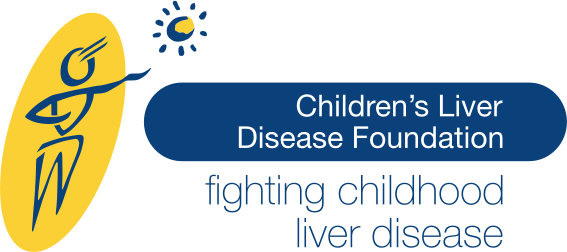Title: Characteristic immune cell interactions in livers of children with acute hepatitis revealed by spatial single-cell analysis identify a possible postacute sequel of COVID-19
Source: Gut 2025, Apr 5. [E–publication]
Date of publication: April 2025
Publication type: Article
Abstract: Background: A rise in paediatric cases of acute hepatitis of unknown origin (AHUO) was observed in 2022, some requiring liver transplantation. A link to adeno-associated virus 2 infection and CD4+T-cell mediated disease was reported in cohorts in the UK and USA but does not explain all cases.
Objective: To determine the intrahepatic immune cell interactions in the inflamed liver and a possible contribution of SARS-CoV-2 infection.
Design: Patients with acute non-A non-E hepatitis (10/12 AHUO, 2/12 subacute) during February 2022-December 2022 undergoing liver biopsy were recruited in a European patient cohort. Hepatological, virological, histopathological and highly multiplexed spatial and single-cell analyses of liver biopsies were performed.
Results: Patients were negative for adenoviral and SARS-CoV-2 PCR. Three patients had a positive adenoviral serology and 10/12 patients had a history or serological evidence of SARS-CoV-2 infection. Imaging mass cytometry identified significant intrahepatic immune infiltration with an enrichment of CD8+T-cells. The highest CD8 infiltration and concomitant peripheral immune activation were observed in patients with the most severe hepatitis. CD8+T-cell infiltration was connected to histomorphological interface hepatitis and bridging necrosis. Cellular neighbourhood analysis indicated disease-associated microanatomic interactions between CX3CR1+ endothelial and myeloid cell populations, interacting with effector CD8+T-cells suggesting a pathogenic cellular triad. Of note, we detected intrahepatic SARS-CoV-2 antigens in ACE2-expressing cells in the areas with significant pathology in 11/12 samples using several different detection methods. 10/12 patients were treated with corticosteroid therapy and no liver transplantation was required.
Conclusions: We identified a possible manifestation of an immune-mediated postacute sequel to COVID-19 associated with a characteristic immune infiltrate in children with AHUO. COVID-19 testing should be considered in paediatric AHUO.

